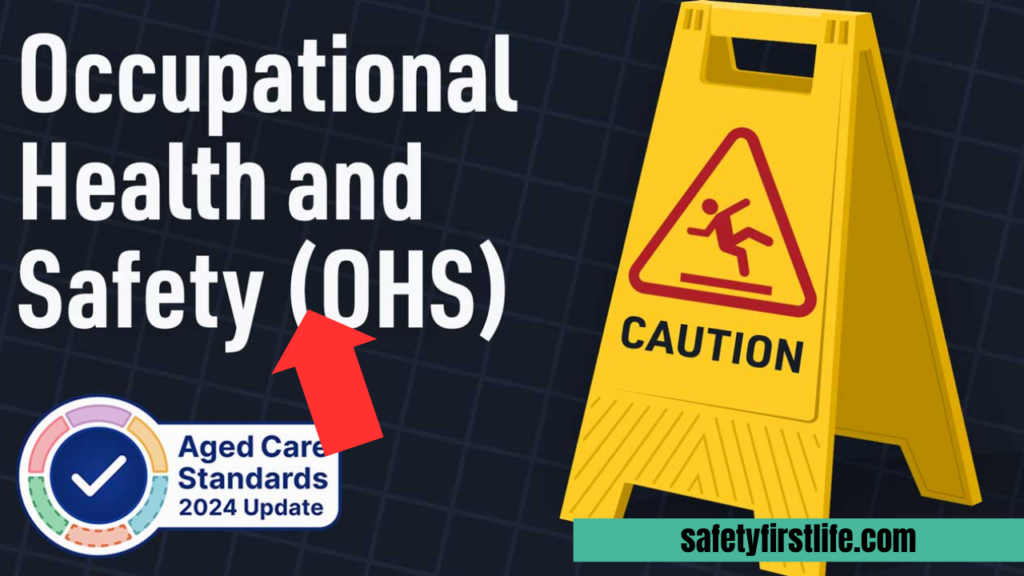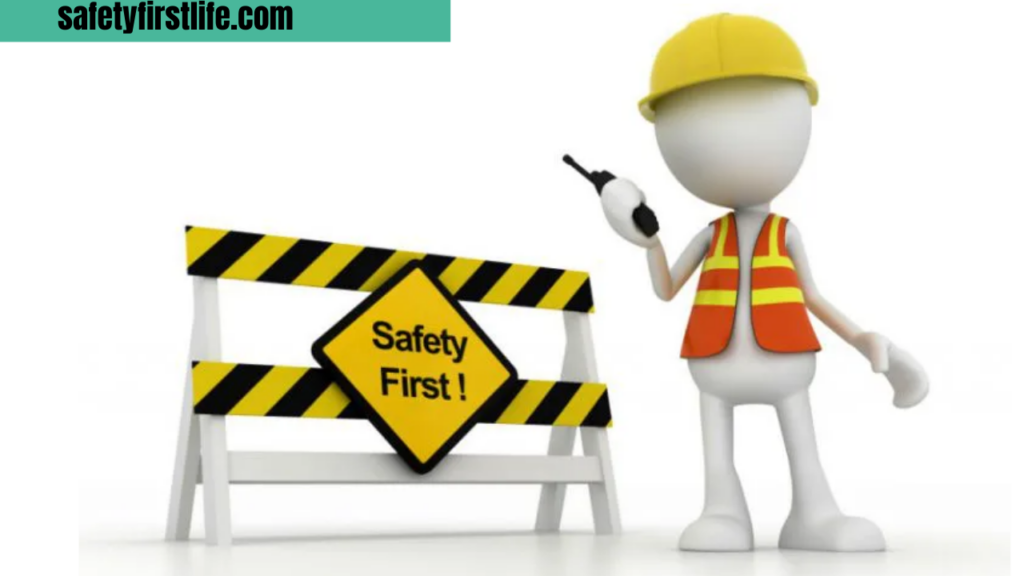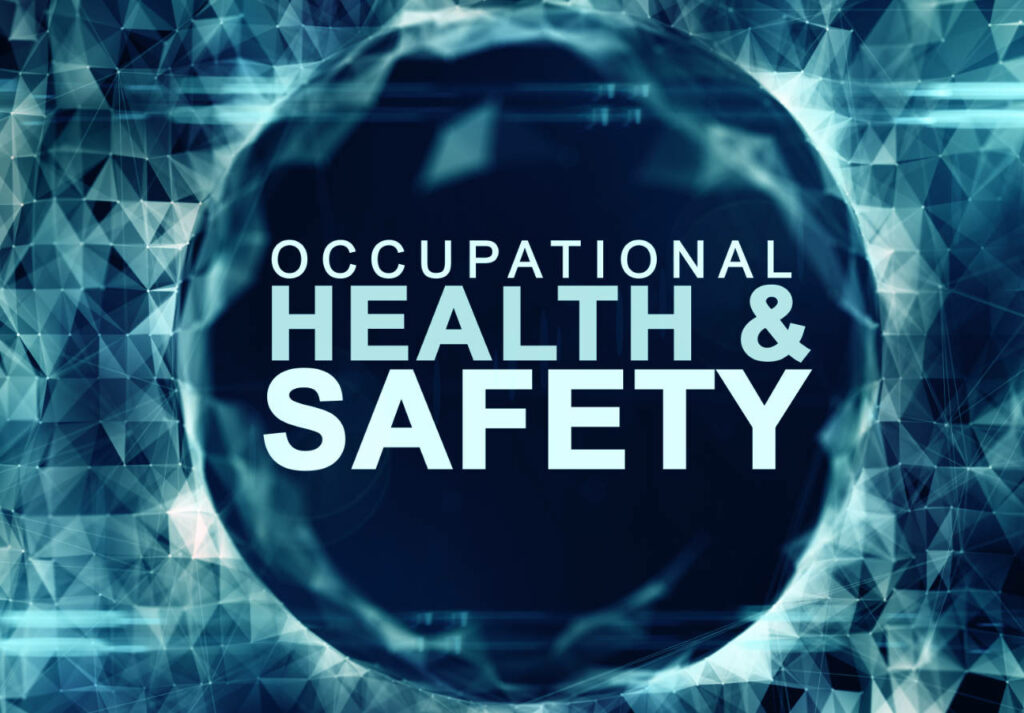If you were searching for Health and Occupational Health then your search ends here.The World Health Organization (WHO) defines health as a state of complete physical, mental, and social well-being, and not merely the absence of disease or infirmity. This definition emphasizes the holistic nature of health, encompassing not only the absence of illness but also the overall well-being of individuals.

Occupational health, on the other hand, focuses specifically on the health and safety of workers in their work environment. It addresses the prevention of work-
related injuries, illnesses, and hazards, as well as the promotion of physical and mental well-being among employees.
To illustrate the difference between health and occupational health, let’s consider an example:
A construction worker who is physically fit, free from any chronic illnesses, and has a positive outlook on life may be considered to have good health
according to the WHO definition. This encompasses their overall physical, mental, and social well-being, both inside and outside of the workplace.
Occupational Health: In the context of a construction site, occupational health focuses on the specific hazards and risks that workers may encounter while
performing their duties. This includes exposure to hazardous substances, risks of falls or accidents, noise pollution, and ergonomic factors. Occupational health
measures in construction may include providing personal protective equipment (PPE), conducting regular safety training, implementing safety protocols and
procedures, and conducting risk assessments to identify and mitigate workplace hazards.
Maintaining health on a construction workplace involves a combination of preventive measures, awareness, and proactive management of occupational
health risks. Some strategies to maintain health in a construction environment include:
- Comprehensive Safety Training Programs: Implementing thorough safety training programs for all workers, including new hires and subcontractors,
is crucial. These programs should cover topics such as hazard recognition, proper equipment usage, emergency procedures, and relevant regulations.
By ensuring that workers are well-trained, they can better identify and mitigate risks, reducing the likelihood of accidents and injuries on the
construction site. - Regular Site Inspections and Risk Assessments: Conducting frequent site inspections and risk assessments helps identify potential hazards and
unsafe conditions. By proactively identifying risks such as uneven surfaces, exposed wiring, or unsafe scaffolding, corrective actions can be taken
promptly to prevent accidents before they occur. - Enforcement of Safety Protocols and Procedures: Strict enforcement of safety protocols and procedures is essential to maintain health in a
construction environment. This includes wearing personal protective equipment (PPE), adhering to safety guidelines for equipment operation,and following established protocols for hazardous material handling. Consistent enforcement helps create a culture of safety and accountability among workers. - Implementation of Fall Prevention Measures: Falls are among the leading causes of injuries and fatalities in the construction industry. Implementing
fall prevention measures such as guardrails, safety nets, and personal fall arrest systems (PFAS) can significantly reduce the risk of falls from heights.
Proper training on the use of fall protection equipment is also essential. - Promotion of Ergonomic Practices: Construction tasks often involve repetitive motions and heavy lifting, which can lead to musculoskeletal
injuries. Promoting ergonomic practices such as proper lifting techniques, use of ergonomic tools and equipment, and regular rest breaks can help
prevent injuries and strain on workers’ bodies. - Provision of Adequate Ventilation and Respiratory Protection: Construction sites may expose workers to hazardous substances such as dust, fumes, and
chemical vapors, which can pose respiratory hazards. Providing adequate ventilation systems and respiratory protection equipment, such as
respirators and dust masks, helps minimize exposure to airborne contaminants and protect workers’ respiratory health. - Hydration and Heat Stress Prevention: Construction work often takes place in outdoor environments, where workers may be exposed to high
temperatures and humidity. Preventing heat-related illnesses such as heat exhaustion and heat stroke requires adequate hydration, frequent breaks
in shaded areas, and awareness of early signs of heat stress among workers. - Regular Maintenance of Equipment and Machinery: Malfunctioning or poorly maintained equipment and machinery can pose significant safety
risks on construction sites. Implementing a proactive maintenance program ensures that all equipment is regularly inspected, serviced, and in proper
working condition. This reduces the risk of equipment failures and associated accidents. - Emergency Preparedness and Response Planning: Developing comprehensive emergency preparedness and response plans is essential to
address unforeseen incidents such as fires, medical emergencies, or natural disasters. This includes establishing evacuation procedures, designating
emergency assembly areas, and providing first aid and medical assistance onsite. Regular drills and training exercises help ensure that workers are
prepared to respond effectively in emergencies.
- Promotion of Mental Health and Well-being: Construction work can be physically demanding and mentally challenging, leading to stress and
burnout among workers. Promoting mental health and well-being initiatives, such as access to counseling services, stress management
programs, and peer support networks, helps address psychological concerns and support workers’ overall health and resilience.
Implementing a comprehensive approach to health and safety in construction environments is paramount to protecting the well-being of workers and
minimizing the risk of accidents and injuries. By incorporating a range of strategies, construction companies can foster safer work environments that
prioritize the health and safety of employees above all else.

One key strategy is the establishment of thorough safety training programs tailored to the specific hazards present on construction sites. These programs
should cover essential topics such as hazard recognition, proper equipment usage, emergency procedures, and compliance with relevant regulations. By
equipping workers with the knowledge and skills they need to identify and mitigate risks, construction companies can significantly reduce the likelihood of
accidents and injuries occurring on the job.
Regular site inspections and risk assessments are also essential components of a comprehensive health and safety strategy in construction. By conducting frequent
inspections, companies can identify potential hazards and unsafe conditions before they result in accidents or injuries. This proactive approach allows for
prompt corrective action to be taken to address hazards such as uneven surfaces, exposed wiring, or inadequate fall protection measures, helping to create a safer
work environment for all employees.
Furthermore, promoting a culture of safety and accountability is critical to maintaining health in construction environments. Companies should enforce strict
adherence to safety protocols and procedures, provide adequate training and resources for workers to carry out their tasks safely, and actively involve
employees in safety initiatives. By fostering a shared commitment to safety among all workers, construction companies can create a positive and proactive
safety culture that prioritizes the well-being of employees and reduces the risk of accidents, illnesses, and fatalities on construction sites.


